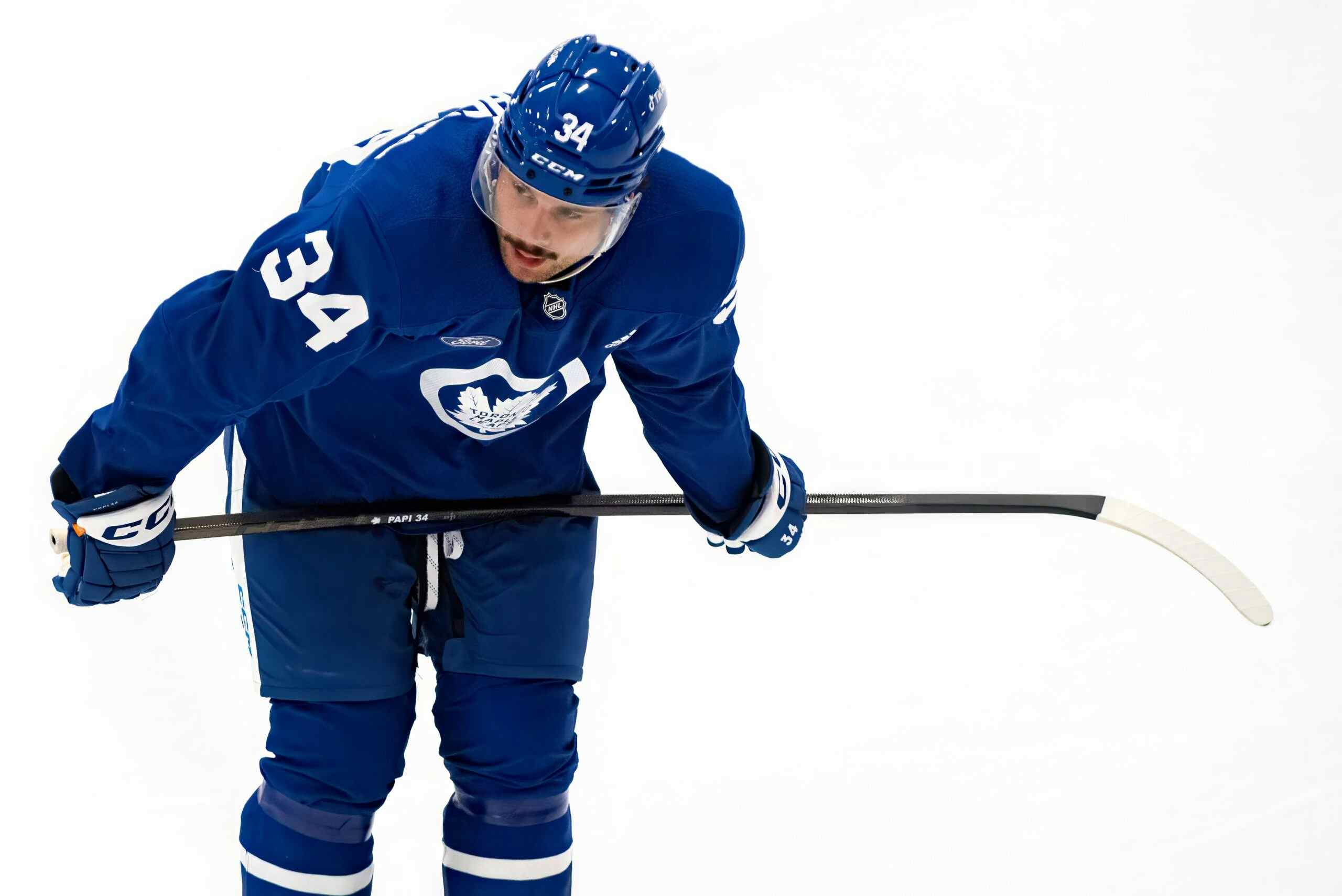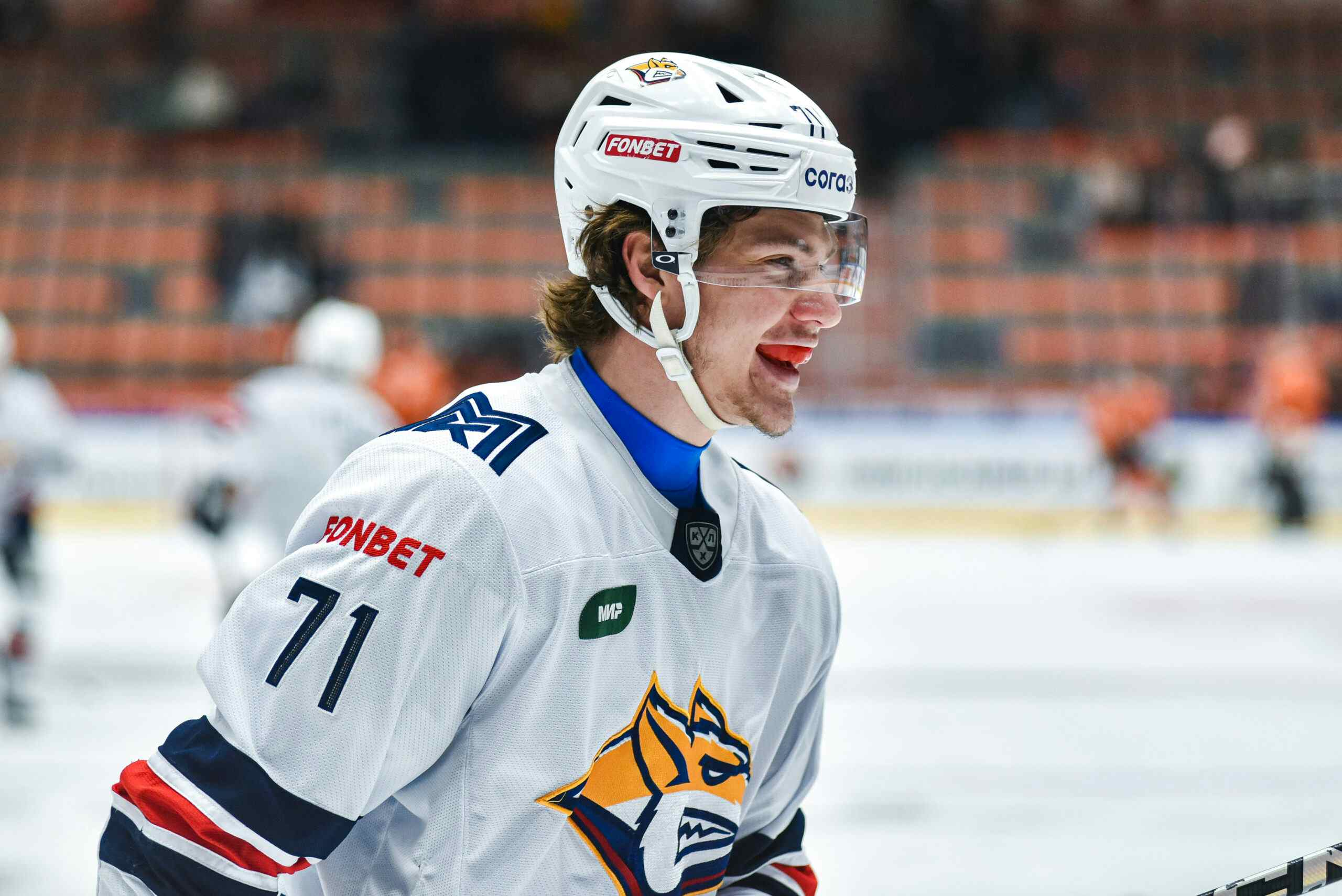What Will Peter Holland’s Next Contract Be?
The Toronto Maple Leafs currently have five restricted free agents who still need contracts before the season starts. Two of them are coming off entry-level contracts and do not have arbitration rights: Josh Leivo and Connor Carrick. The other three have all filed for arbitration: Peter Holland, Martin Marincin, and Frank Corrado. The most interesting of those, to me, is Peter Holland. Holland was brought to Toronto in November 2013 when a slew of injuries left the Leafs without a sufficient number of NHL centres. The trade cost the Leafs 2nd and 7th round draft picks, as well as defensive prospect Jesse Blacker. Holland has played well for the Leafs offensively but struggled to earn ice time, never breaking 15 minutes of TOI any of his three seasons with the team.
With Holland’s arbitration date just a week away, I thought it would be interesting to see what comparable players had signed for in recent seasons. But before jumping into that list, let’s take a look at what kind of player the Leafs have.
HOLLAND AT A GLANCE
Peter Holland has played for the Leafs for three seasons, but I’m going to limit my focus here to the most recent two. In his first season with Toronto, Holland mostly played 4th line minutes with poor quality linemates. The past two seasons he’s taken a more regular shift, and his statistics have predictably improved. Here are some of the most important numbers for Holland over the past two seasons:
| GP | G | A | 5v5 P1/60 | PP P1/60 | CF% | CF% Rel |
| 127 | 20 | 32 | 1.07 | 2.81 | 48.0% | -1.27% |
Peter Holland’s scoring has been reasonably good over the past couple seasons. At 5v5 he’s scored like a 3rd liner, which seems sensible since that’s the role that he’s played. It’s a different story on the powerplay, where he’s really proven valuable to the Leafs. Over the two seasons looked at here, Holland’s primary points at 5v4 are second on the team, sandwiched between James van Riemsdyk (3.37 P1/60) and Phil Kessel (2.57 P1/60). Holland’s high number isn’t just the result of a small sample size either, as he’s 5th on the Leafs in 5v4 ice time over the past two seasons, behind just Kessel, JVR, Nazem Kadri, and Tyler Bozak.
It probably shouldn’t be surprising that Holland looks better on the powerplay than he does at even strength, because at 5v5 he’s had a constantly rotating cast of wingers, many of whom are not particularly good scorers. His most common linemates over the past two years, in order, are Joffrey Lupul, Daniel Winnik, Leo Komarov, David Clarkson, Brad Boyes, Michael Grabner, Mike Santorelli, and Richard Panik. The player who was on the ice most often with Holland – Joffrey Lupul – shared just 359 of Holland’s 1426 minutes. When Holland has played with good players, he’s shown that he can score at a very respectable rate.
CONTRACT COMPARABLES
To try and figure out what the average annual value of Peter Holland’s next contract might look like, I’ve pulled a list of the players with the most comparable statistics in recent seasons. Holland’s scored 0.41 points per game over the past two seasons, about 34 points pro-rated over 82 games. Based on that, my list of comparable players over the past five seasons who fit the following criteria:
- age 24 & 25 seasons
- minimum 100 games played
- minimum .35 points per game
- maximum .48 points per game
That point range works out to a 5 point buffer at either end around Holland’s 82 game pace (29-39 points), which seems to me like it should capture a good range of comparable players without being too broad.
Those criteria resulted in a list of 22 comparable players. In addition to some basic counting stats, I’ve included each player’s cap hit (AAV) in their 26-year-old season, which is the one Holland is about to start. I’ve also listed the age at which the contract started. Here’s the list:
| Player | GP | PTS | P/GP | 26 yr AAV | Age Started |
| Jakob Silfverberg | 163 | 78 | 0.48 | $3.5M | 26 |
| Jamie McGinn | 126 | 60 | 0.48 | $2.9M | 26 |
| Sergei Kostitsyn | 121 | 58 | 0.48 | $3M | 25 |
| Carl Hagelin | 120 | 57 | 0.48 | $2.25M | 25 |
| Colin Wilson | 158 | 75 | 0.47 | $3.9M | 26 |
| Mathieu Perreault | 103 | 47 | 0.46 | $1.05M | 25 |
| Patrik Berglund | 126 | 57 | 0.45 | $3.7M | 26 |
| Michael Grabner | 123 | 53 | 0.43 | $3.0M | 24 |
| Tommy Wingels | 119 | 51 | 0.43 | $2.475M | 26 |
| Jimmy Hayes | 127 | 53 | 0.42 | $2.3M | 26 |
| Matt Calvert | 112 | 47 | 0.42 | $2.2M | 26 |
| Peter Holland | 127 | 52 | 0.41 | ??? | 26 |
| Michael Frolik | 126 | 52 | 0.41 | $3.3M | 26 |
| Joe Colborne | 144 | 56 | 0.39 | $1.275M | 25 |
| Andrew Cogliano | 130 | 49 | 0.38 | $2.39M | 24 |
| Nick Spaling | 118 | 45 | 0.38 | $2.2M | 26 |
| Paul Byron | 104 | 40 | 0.38 | $0.9M | 26 |
| Brandon Sutter | 161 | 59 | 0.37 | $3.3M | 25 |
| Melker Karlsson | 118 | 43 | 0.36 | $1.65M | 26 |
| Dwight King | 158 | 56 | 0.35 | $1.95M | 25 |
| Riley Nash | 141 | 49 | 0.35 | $1.15M | 26 |
| Shawn Matthias | 125 | 44 | 0.35 | $1.75M | 25 |
[This data courtesy General Fanager.]
Unsurprisingly, the players at the top of the list typically have contracts with higher AAVs than the players lower down. A straight-forward way to guess at Holland’s AAV would be to simply average the contracts here. That gives an expected contract of $2.28M per season.
However, you might argue that this list is too broad. Maybe you want a narrower band of players so that they’re more directly comparable to Holland. Let’s try limiting our results only to players within .03 points per game of Holland (0.38 to 0.44). That shrinks the list by more than half, to 9 players, whose average cap hit is $2.23M. That’s barely different from the full list, which perhaps shouldn’t be too surprising since we’ve chopped off names at both the high and low end.
Maybe you think we should only be including players whose contracts started during their 26-year-old season, so we’re only looking at players who signed at the same point in their careers as Holland. That drops the list to 12 players, and our AAV rises to $2.52M. If we limit the results again to players between 0.38 and 0.44 points per game, we get an AAV of $2.23M, right back in line with our earlier numbers.
It’s starting to look like a number around $2.2M is what we should expect Holland’s next contract to be. Aside from the averages I’ve calculated, it also looks like it roughly lines up with the players in that last band: those who scored 0.38 to 0.44 points per game and signed in their 26-year-old season. Four of those six players (Wingels, Hayes, Calvert, and Spaling) have contracts hovering right around that mark.
That number also lines up closely with Matt Cane‘s model, which has Holland at $2,319,419.04. Checking your results against another method is a good way of seeing if your result is sound, and in this case, it appears that it is.
That’s not to say that $2.2M or so is where Holland will necessarily wind up. The Leafs have a fairly tight salary cap situation right now, and Lou Lamoriello may choose to play hardball with an RFA who doesn’t play a big role on the Leafs and doesn’t have much leverage. But based on Holland’s numbers and the recent history of RFA contract signings, a bit above $2 million seems like a pretty solid guess.
Recent articles from Drag Like Pull





